When using GPU for your workload, you might have observed a decline in the overall user experience of your computer system. The once seamless operation now seems to be plagued by slower startup times, extended program loading periods, and occasional freezing or crashing. This raises concerns about the system's performance. So, how can you assess whether your PC is underperforming?
Computer systems are like artistic creations in constant motion, requiring regular maintenance and upgrades to ensure they function optimally. By performing timely maintenance and implementing necessary upgrades, you can prevent issues like underperformance from hindering your creative flow. It's important to note that underperformance isn't always attributable to a single factor; rather, it often involves a combination of elements such as the CPU, GPU, RAM, and other components. Therefore, a comprehensive evaluation is crucial in identifying the areas that require attention and enhancing the overall performance of your design-oriented computer system.
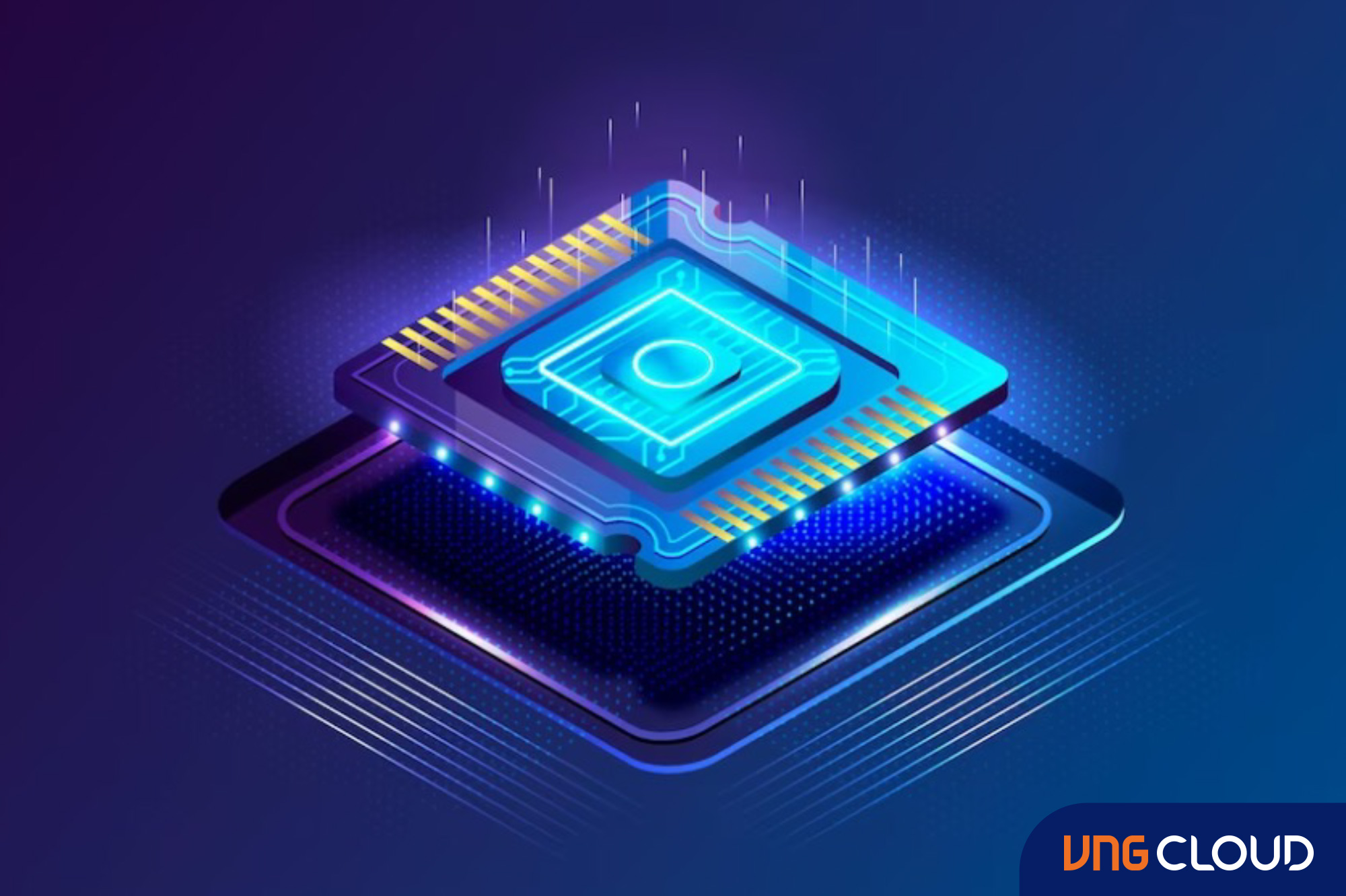
In those components, it is essential to recognize the significant role that Graphics Processing Units (GPUs) play in maintaining a smooth and visually captivating experience on your computer. Graphics cards are intricately designed to handle a diverse range of tasks and ensure a consistent, stable framerate for your system.
However, the ever-increasing demands of modern software place immense strain on the GPU, resulting in potential bottlenecks. This additional strain on this valuable component can have a direct impact on the performance of design-oriented applications and contribute to the underperformance concerns previously discussed. Hence, it becomes crucial for designers to carefully evaluate the capabilities of their GPU alongside other system elements, ensuring that the system is optimized to handle the graphic-intensive tasks involved in design work. By proactively addressing these demands and potential bottlenecks, designers can create a seamless and visually captivating experience that enhances their creative endeavors.
This article delves deeper into the primary factors that commonly lead to underperformance of your graphics card. It also provides practical solutions to address these issues, particularly focusing on troubleshooting methods that can be implemented without relying on professional assistance.
1. Graphics card overheating
Overheating is a common concern when it comes to graphics cards. Excessive heat can negatively impact their performance and even lead to system instability. Manufacturers are continually working to address this issue, but in the meantime, there are steps you can take to mitigate the problem on your own.
When your computer's GPU is under heavy load, such as running memory-intensive programs, it can generate significant heat. This is often noticeable by the increased fan speed and noise. Overheating can cause software stuttering, PC freezing, or crashes due to the system overload. Several factors contribute to graphics card overheating:
Poor ventilation: Adequate airflow is crucial for heat management. Ensure that the vents on your computer or external graphics card are clear of any obstructions. Keep your computer in an open space where airflow isn't impeded.
Hot and humid environment: If you reside in a hot and humid climate, your PC and graphics card may face additional heat-related challenges. Increased ambient temperature can lead to higher internal temperatures. Consider using air conditioning or relocating to a cooler environment to alleviate this issue.
Dust build-up: Over time, dust accumulation can block cooling vents and decrease fan efficiency. This can lead to dangerous overheating and reduced performance. Regularly clean your PC or external graphics card to remove dust and maintain optimal airflow.
Old thermal paste: The thermal paste between the GPU and the heatsink is responsible for heat transfer. Over time, it can degrade and become less effective. Consider replacing the thermal paste with a fresh application to enhance heat dissipation.
To prevent graphics card overheating, you can adjust the performance settings from high to medium or low. This helps reduce the GPU's workload and subsequently lowers heat generation.
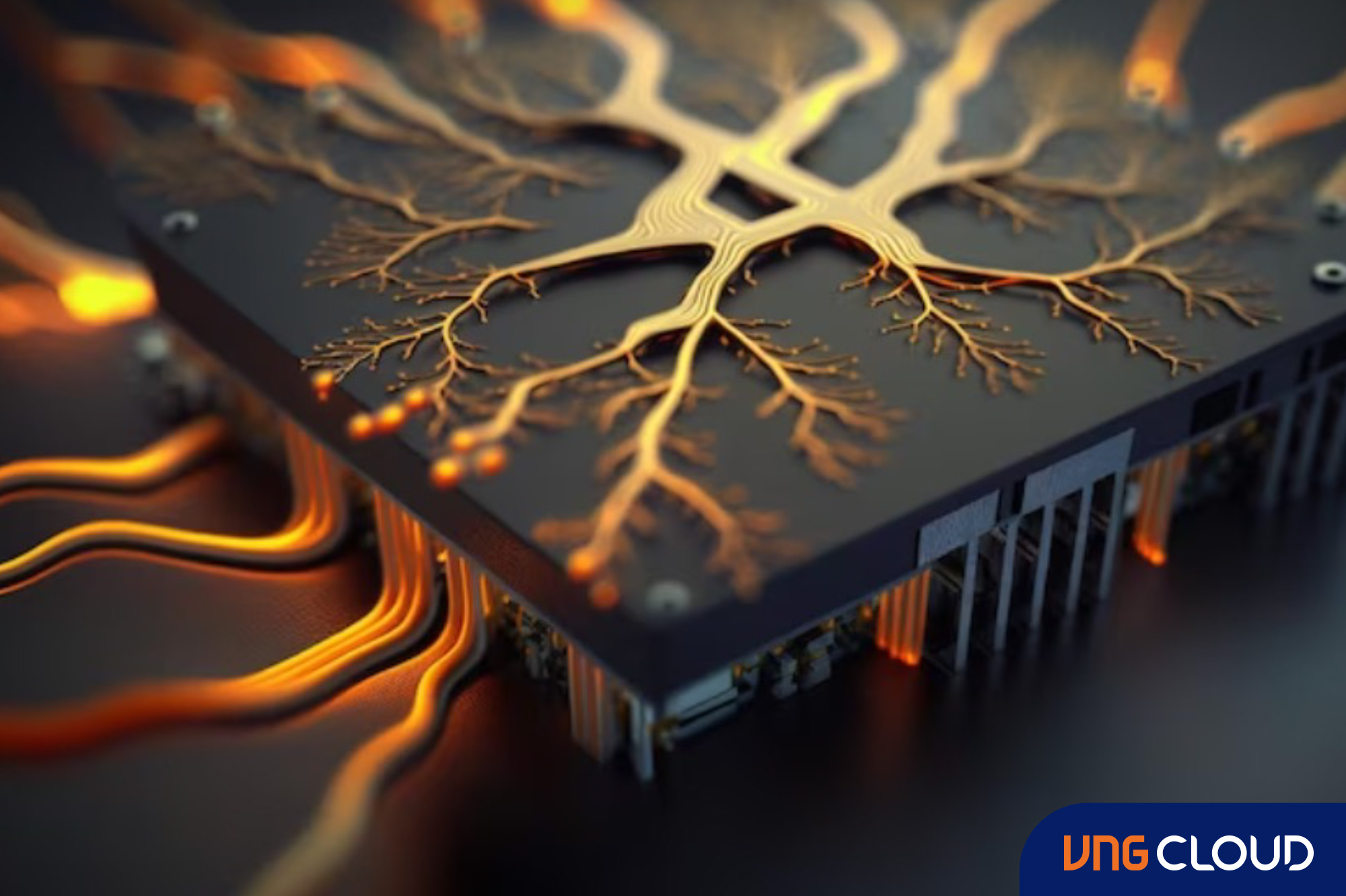
2. Graphics card memory speed limitations
When your graphics card is underperforming despite the circumstances, it's possible that the memory speed is the culprit. The memory speed of a graphics card is measured in MHz, and a higher speed generally leads to better performance. If your graphics card is operating at a lower speed than it should, it can significantly impact its overall performance.
To address this issue, you can adjust the RAM speed to match that of your GPU. If you're not comfortable with overclocking your GPU, you can gradually increase the frequency in 50MHz increments until you achieve a satisfactory level of performance. It's crucial to test each setting thoroughly before permanently applying it to your system, as different graphics cards may handle varying speeds differently.
It's important to keep in mind that PC, especially those with high-resolution textures and graphics, can put a strain on the graphics card, potentially causing a bottleneck. Manufacturers often set memory speeds lower than optimal to maintain a stable framerate that can keep up with the demands of these applications.
However, this conservative approach to memory speeds can result in reduced visual quality. It's up to you to decide whether you are willing to make a trade-off between visuals and GPU performance. Consider your priorities and preferences to strike the right balance that aligns with your design requirements.
3. Excessive GPU overclocking
In the pursuit of maximizing performance, designers often resort to overclocking their graphics cards. However, overclocking can introduce new challenges and potential issues within the system.
When a GPU is overclocked beyond its recommended specifications, it operates at an increased speed that may exceed the hardware's capabilities. This can lead to detrimental consequences for both the graphics card and the overall system.
An excessively overclocked GPU is at risk of sustaining damage due to the added stress and increased operating temperatures. Moreover, the system may experience instability, resulting in application crashes, screen flickering, or other irregularities.
While overclocking can provide performance gains, it is essential to approach it with caution and consider the long-term implications. Ensuring that the GPU operates within its safe limits helps maintain its longevity and stability. It is advisable to follow proper overclocking techniques, seek guidance from reliable sources, and monitor the GPU's temperature and performance to prevent potential damage and instability issues.
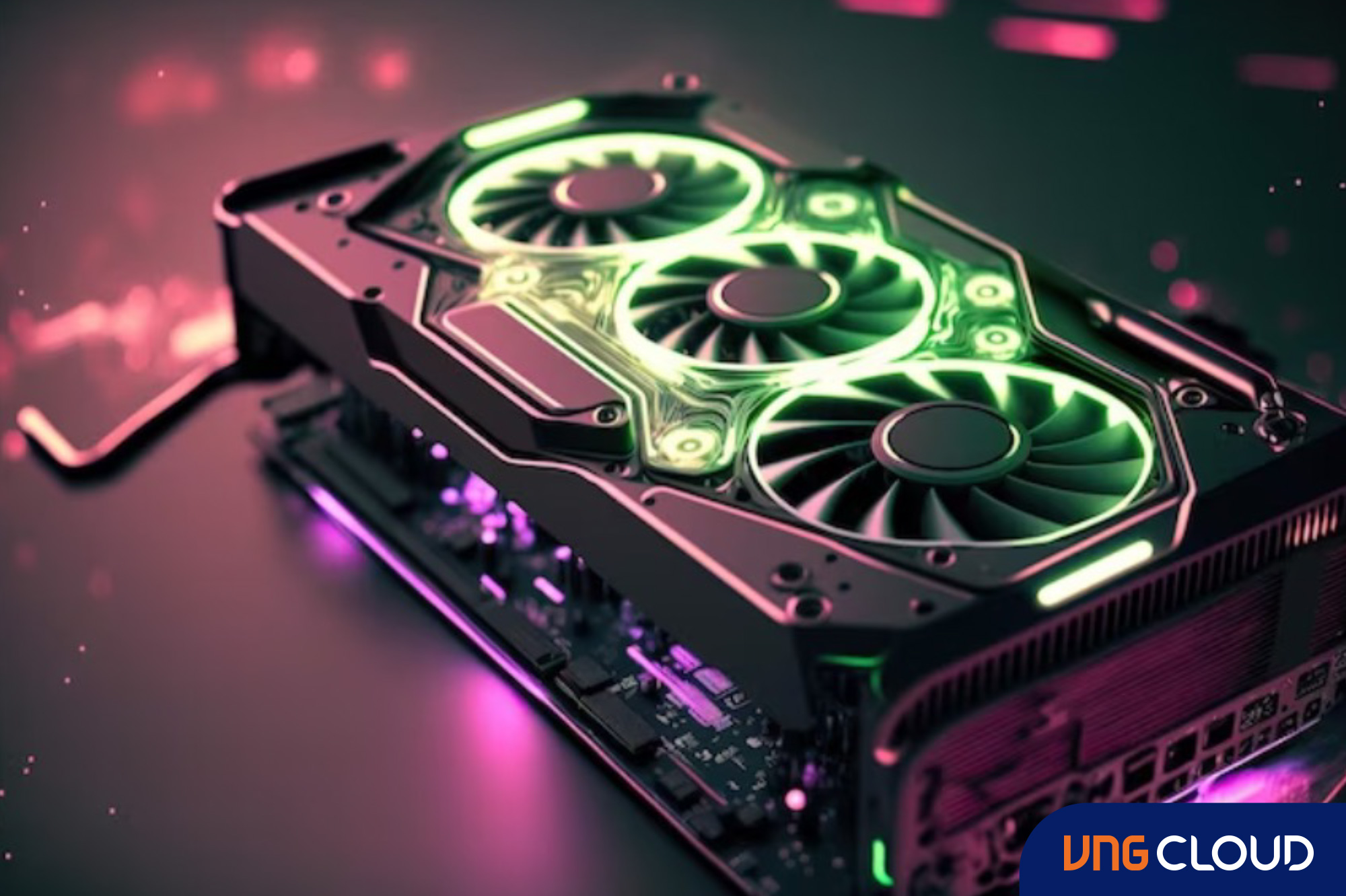
4. Insufficient power supply
Insufficient power can significantly impact the performance of a graphics card, causing the overall system to slow down. Graphics cards consist of various components that require an adequate power supply to function optimally. One of the primary factors affecting power availability is the power supply unit (PSU).
Even if your graphics card is capable of handling demanding software, it can be limited by the power supply or the power configuration it relies on. If your computer's power supply cannot deliver enough power to the graphics card, it will result in underperformance. This issue commonly occurs when using an older computer that lacks a sufficiently powerful PSU. To address this problem, the solution is to replace the current power supply with a higher-wattage one.
You can determine the wattage of a PSU by checking its label. Most power supplies available are of sufficient quality to support mid-range or high-end GPUs without encountering any issues. By upgrading to a higher-wattage power supply, you can ensure that your graphics card receives the necessary power to perform at its full potential. This helps avoid performance limitations caused by insufficient power supply and enables smoother and more efficient operation of your graphics card within the system.
5. Inadequate VRAM
If your graphics card is struggling, one of the first aspects to examine is the amount of VRAM (Video Random Access Memory) it possesses. VRAM is responsible for storing data related to virtual reality technology and impacts the card's ability to handle graphical loads.
The quantity of graphics memory available to your GPU directly influences its performance capabilities. Generally, a higher VRAM capacity correlates with improved performance. If you seek to enhance your design experience, increasing the VRAM allocation on your graphics card can be a viable option.
Moreover, it is crucial to ensure that your graphics card has sufficient VRAM to address the issue at hand. If it falls short, reducing or refraining from using data like virtual reality technology altogether might be necessary. It is worth noting that video memory also plays a role in detecting textures and managing the number of assets displayed on the screen. Insufficient video memory can result in choppy software use and low frame rates, ultimately leading to an underperforming graphics card.
To optimize performance, assessing and adjusting the VRAM allocation on your graphics card becomes essential. This can involve increasing the VRAM capacity if possible or optimizing resource usage to ensure the card has adequate memory to handle the demands of your chosen applications.
6. Viruses and malware
Viruses and malware pose a significant threat to your computer system and can detrimentally affect the performance of your graphics card. These malicious entities can infiltrate your PC through various means such as infected emails, suspicious website links, untrusted apps, or contaminated external drives.
Once present, viruses and malware can disrupt your graphics card performance by displaying frequent pop-up messages on your computer screen. In some cases, they may even demand payment to resolve the issues they have caused. The impact of an infected computer extends beyond the graphics card, as it can lead to overall system slowdowns, subsequently affecting the performance of your graphics card.
To address graphics performance problems, it is advisable to initiate the following actions:
Update Windows through the Windows Update feature. Microsoft regularly releases patches and updates for their operating systems, which can address bugs and issues related to performance.
Install and maintain up-to-date antivirus software on your computer. This acts as a crucial line of defense against viruses and malware, protecting your system and preserving the performance of your graphics card.
It is essential to prioritize the security of your PC by practicing safe browsing habits, being cautious with email attachments and links, and regularly scanning external drives before connecting them to your computer. By taking proactive measures, you can safeguard your system from potential threats and ensure the longevity of your PC's performance.
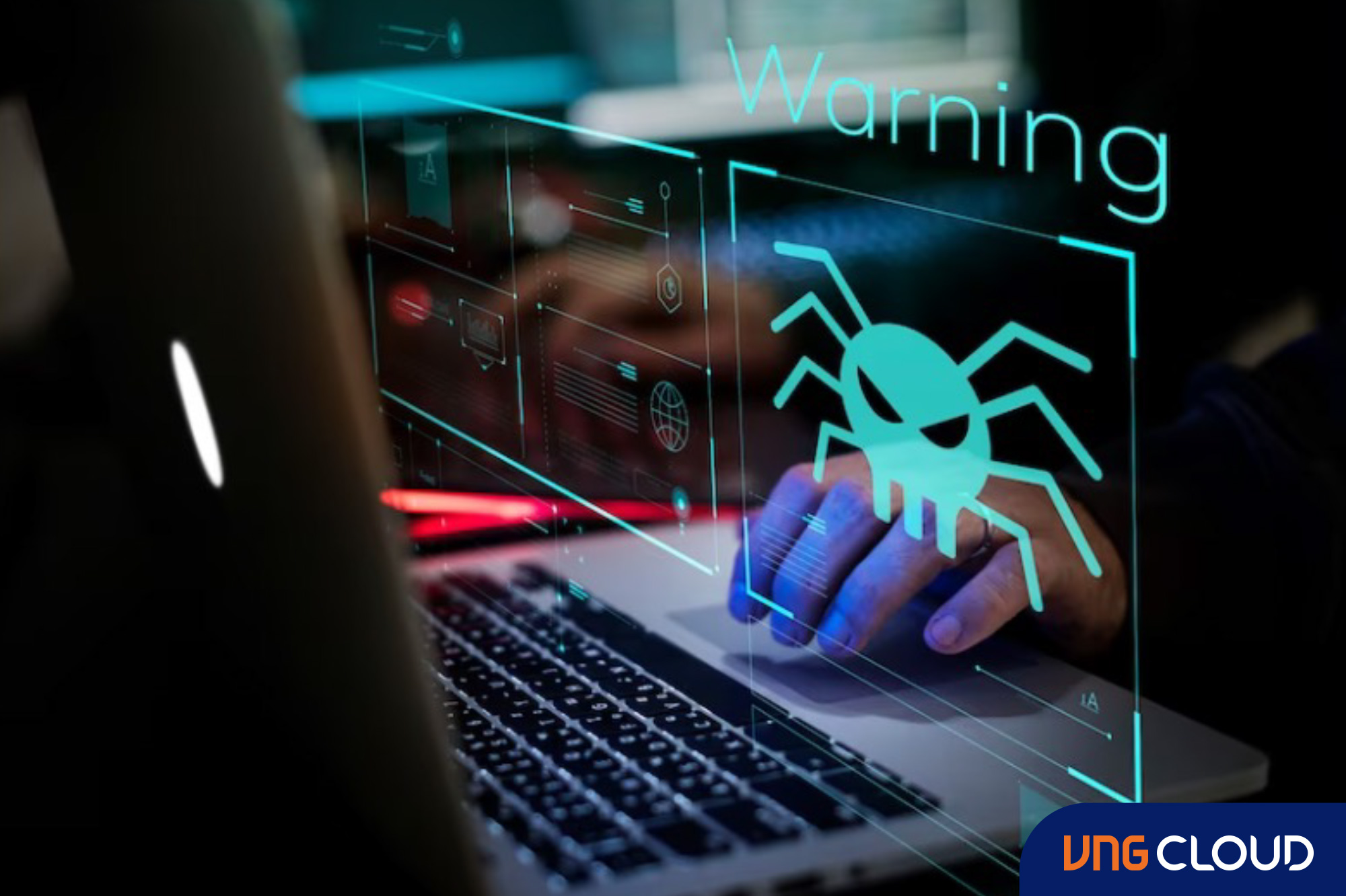
7. Hardware and software issues
The underperformance of a graphics card can stem from various hardware and software problems that need to be addressed. Software problems, such as driver crashes, virus infections, or malware attacks, can significantly impact the performance of your graphics card. Additionally, incompatibility issues may arise when essential programs are not compatible with the graphics card, leading to suboptimal performance.
Failure to update drivers can result in relying on outdated and potentially buggy software. As new software upgrades are introduced with enhanced features, running them on an outdated graphics card and obsolete drivers can lead to significant underperformance.
Moreover, continuing to use a computer with an unsupported operating system, such as Windows 7, can also be a contributing factor to graphics card failure. While it may be expensive, upgrading your desktop becomes necessary to improve design performance in such cases.
Lastly, it's important to note that errors can occur during the setup process of your computer and graphics card. Incorrect graphics card settings, for example, can result in underperformance.
What's affecting your graphics card performance?
In the world of design, creators are constantly developing high-quality content that can occupy a significant amount of space on your computer. These resource-intensive designs can put a strain on your computer's RAM and processor cores.
When your computer's RAM is heavily occupied, it can lead to sluggish performance, and the same applies to your graphics card when tasked with handling high graphic quality designs beyond its capabilities.
The issue with your graphics card might be a bottleneck, meaning it can't match the demands of modern design tasks, leading to potential performance problems in the long run. Using an outdated processor can further exacerbate the struggle for your graphics card, as some processors prove too demanding for GPUs.
In essence, if your graphics card can't handle the current design tasks, it may struggle to keep up with older design projects as well. Addressing these concerns will be vital to ensure smooth and efficient design workflows.
Optimizing your computer's performance through cleaning
Improving your graphics card's performance begins with ensuring a clean and well-maintained computer environment. Dust accumulation can lead to overheating and decreased performance. Follow these steps to clean your computer effectively:
Power down your computer: Before starting the cleaning process, ensure that your computer is turned off completely. This will prevent any potential damage and ensure your safety during the cleaning.
Remove unnecessary cables: Disconnect any unnecessary cables, such as USB and audio cables, to provide better access to the internal components of your computer. This will make the cleaning process easier and more efficient.
Safely handle the power supply: If you can, remove the power supply unit (PSU) from the case and store it in a safe place. Alternatively, you can unplug it from the power outlet if removing it is not feasible. Taking these precautions ensures your safety and avoids accidental damage to the PSU.
Eliminate dust using compressed air: Use compressed air to blow out the accumulated dust from your computer's internal components. Pay particular attention to areas around the fans, heat sinks, and vents where dust tends to accumulate. This process helps maintain optimal airflow and prevents overheating issues.
Vacuum cleaning option: Another effective method is to use a low-powered vacuum cleaner specifically designed for electronics. Ensure that the vacuum cleaner is old and relatively inexpensive to minimize any potential risks. This method helps remove dust particles that may be difficult to reach with compressed air alone.
By cleaning your computer regularly, you enhance airflow, reduce the risk of overheating, and promote better performance for your graphics card. Remember to perform this maintenance procedure periodically to keep your system running optimally.
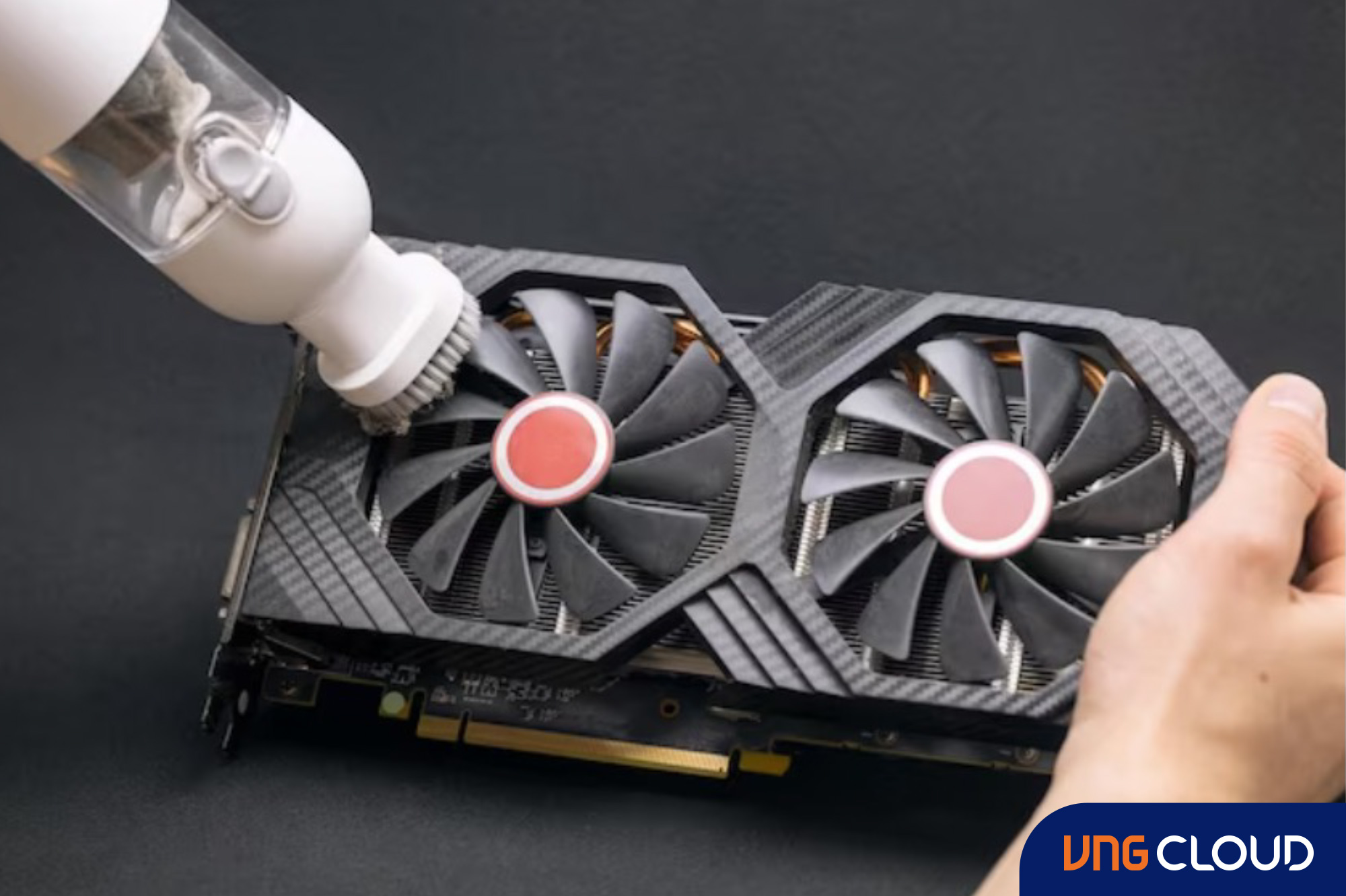
Enhancing your cooling system
Upgrading your computer's cooling system can significantly enhance its performance by efficiently dissipating excess heat. Consider the following steps to optimize your cooling setup:
Evaluate your current cooling solution: Assess your existing cooling system's effectiveness and determine if it requires an upgrade. If you notice excessive heat buildup or performance issues, it may be time for a change.
Explore advanced cooling options: Consider upgrading to a more advanced cooling solution, such as a liquid cooling system or additional fans. These options can provide superior heat dissipation capabilities and improve overall cooling efficiency.
Optimize PC airflow: Understanding the principles of PC airflow optimization can help you address any configuration issues related to cooling. Explore resources that provide guidance on airflow management to ensure maximum cooling efficiency within your system.
Check compatibility: Before proceeding with any cooling system upgrade, ensure compatibility between your chosen solution and your graphics card design. Verify that the cooling system is compatible and will effectively cool your graphics card.
Adjust fan speed: Verify that your graphics card fans automatically increase their speed as the temperature rises. If not, consider installing software like MSI Afterburner, which allows you to customize and fine-tune the fan speed profile to ensure optimal cooling performance.
By upgrading your cooling system, you can effectively manage heat levels and prevent performance issues caused by overheating. Be sure to select a cooling solution that suits your needs and consult relevant resources to optimize your system's cooling configuration.
Optimizing your graphics card usage for less demanding programs
If your current graphics card struggles to handle resource-intensive tasks, such as playing high-end applications, investing in a new graphics card might not be feasible. However, there are alternative strategies you can employ to enhance your experience:
Identify fewer demanding programs: Instead of running graphically intensive applications, explore a wide range of less demanding programs that can still provide an enjoyable experience. Look for programs with lower system requirements or engage in activities that don't heavily rely on graphics processing.
Prioritize performance settings: Within the programs you use, adjust the performance settings to prioritize smooth operation. Lowering graphical settings and disabling unnecessary visual effects can reduce the strain on your graphics card while still allowing you to enjoy the program.
Optimize system resources: Close unnecessary background applications and processes to free up system resources. By minimizing the load on your graphics card from other programs, you can allocate more resources to the less demanding program you're currently using.
Remember, while a high-end graphics card may offer the best design experience, maximizing the potential of your current card by running fewer demanding programs can still provide good experience and save you from the need for an expensive upgrade. Embrace the diverse range of programs available and make the most of your budget graphics card.
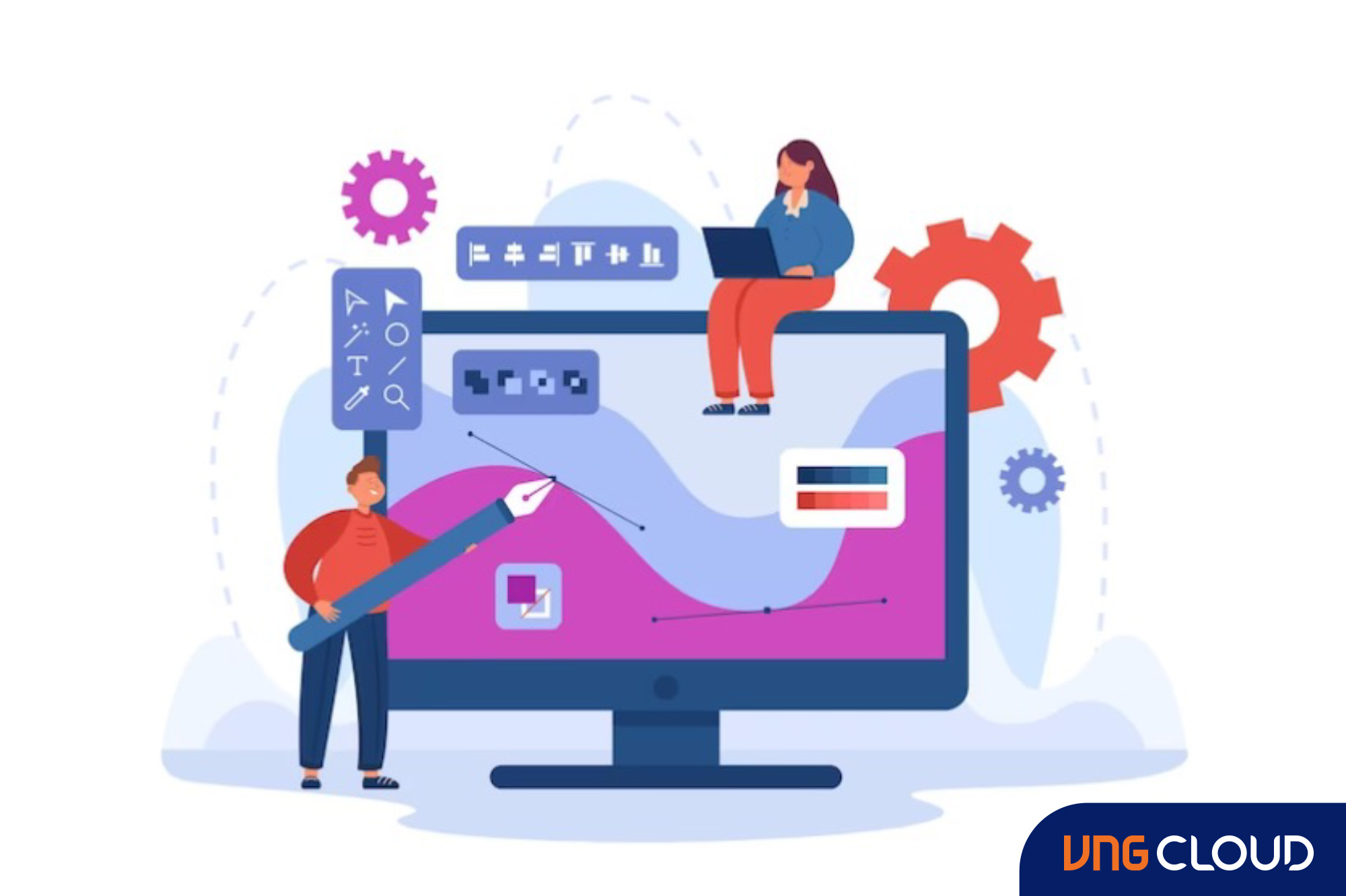
In conclusion, optimizing the performance of your graphics card doesn't always require a costly upgrade. By employing strategies such as cleaning your computer, upgrading the cooling system, running less demanding programs, and making necessary software and driver updates, you can enhance your graphics card's capabilities and enjoy a smoother experience without breaking the bank. Additionally, understanding the limitations of your current graphics card and finding alternative ways to maximize its potential allows you to make the most of your budget while still indulging in enjoyable creative activities. With these approaches, you can unlock the full potential of your graphics card and continue to have a satisfying user experience.
Optimize GPU Servers with VNG Cloud Solutions
Using GPU servers on the cloud can be a great solution to the issues impacting GPU performance mentioned above. This approach liberates you from hardware dependencies, such as drivers or cooling systems. With a professionally managed and continuous cloud infrastructure, the likelihood of GPU failures and downtime is minimized..
Cloud providers like VNG Cloud typically offer optimized GPU resource allocation across various applications and users, overcoming network and bandwidth limitations. Additionally, you no longer need to concern yourself with computer maintenance, as cloud services support automated management and maintenance, eliminating the need for direct user intervention. As a result, demanding graphics tasks like 3D rendering or deep learning can be executed faster and more accurately, boosting productivity and work quality.
VNG Cloud currently provides the vServer service, enabling the setup of various server types such as High Performance or GPU, effectively meeting the demands for optimizing graphics processing. When initiating a server, you can choose GPU Images, prebuilt by VNG Cloud based on Windows and Ubuntu operating systems. NVIDIA drivers and software are also seamlessly integrated. However, you also retain the flexibility to opt for shared images and install GPU tools as needed after server setup. This ensures maximum adaptability and customization for graphics processing on VNG Cloud's vServer.
Contact VNG Cloud now for professional advice about cloud server solution!